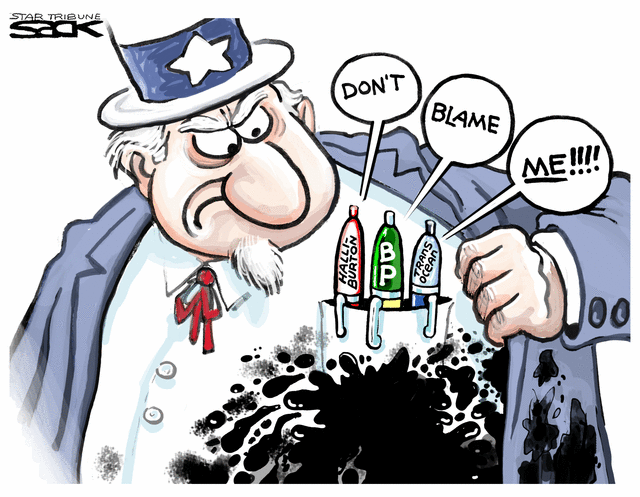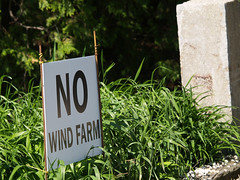When people hesitate to take a stand on issues from the Gulf oil spill to the horror show off the coast of Gaza, it’s often because they’re unsure of the outcomes of their actions. The issues themselves can be complex and overwhelming. I’ve talked in an earlier Soul of a Citizen excerpt about the trap I call the perfect standard, where we feel we need to know every conceivable answer before we start to take a stand. But we also hold back because all our actions seem fruitless or compromised and because we’re uncertain just how they’ll will play out. Yet acting despite this ambiguity is often the most effective way to make change.
Heartfelt social involvement inevitably leads us into uncertain spiritual and emotional terrain. Theologian George Johnson amplifies this point in Beyond Guilt and Powerlessness. “Most of us,” he says, “are more comfortable with answers than with questions. When faced with a problem we generally approach it with the assumption that information, insights, and proper action will bring satisfactory solutions. We want to fix things right now.”
But as Johnson explains, “the reality of a broken world” often leads to ambiguity rather than certainty. “What we thought, believed, assumed, or followed is suddenly brought into question …. Receiving more information unsettles us rather than making things clear and easy …. It should not surprise us that our journey into the lives of those who cry for help will be discomforting.”
As a result, those of us who work for social justice often have no choice but to pursue our fundamental goals by approaches that are sometimes unclear, ad hoc, and seemingly contradictory. I remember one Vietnam-era demonstration in San Francisco that focused on the role of major oil companies in promoting the war. My friends and I drove the 35 miles to get there. As we stopped to fill up at a gas station, we felt more than a little absurd, but there was no other reasonable way to get there. I experience a similar disjunction when flying across the country to give climate change talks that I hope will move people to act, while contributing to the very greenhouse gases I’m aiming to reduce.
We’re used to dealing with contradictory situations in our personal lives. We love family and friends despite their flaws and missteps, sometimes major ones, while trying to help steer them do what’s right. A lonely few wait indefinitely for partners who match their romantic ideal in every possible way, but most of us take the leap of falling in love with people who, like ourselves, fall well short of faultlessness; then we do our best to love them for who they are. Anyone who has children knows that they are the very embodiment of unpredictability. We can influence, but surely not control them. To all those who are dear to us we can only respond, moment by moment, as lovingly and mindfully as possible, improvising as we go. We embrace these necessarily uncertain human bonds, because the alternative is a life of isolation.
Effective public involvement demands a similar tolerance for our own doubts and mixed feelings, and for the inevitably partial nature of almost all of our victories. Think of our relationship to political leaders we have supported. We work for their campaigns knowing that it may take at least as much effort to convince them to act with courage and vision once in office as it did to help them get elected to begin with. The Gulf oil disaster is an example. The Minerals Management Service, the Federal agency that bent the rules to allow the drilling to begin with, was riddled with Bush/Cheney appointees who’d spent their entire careers taking lavish gifts from the oil industry while granting them every favor they’d wanted. If McCain and Palin were in charge, we’d have “drill baby drill” until the shores of the Potomac were soaked with oil.
But many of us are also profoundly frustrated that Obama hasn’t been tougher in responding to this immensely challenging crisis. We want him to put the government in charge of the efforts to plug the leak. We want him and Congress to remove the oil-drilling liability cap so the costs of the disaster will be borne by BP, Halliburton and Transocean, instead of the taxpayers and the ordinary citizens whose lives and livelihoods are being destroyed. We want him to lead on shifting our economy away from coal and oil. We need to speak out on all of these issues and more, and find ways of pressuring Obama to lead, as when he recently advocated rolling back “billions of dollars in tax breaks” for oil companies and using the money for clean energy research and development. Yet the magnitude of the crises we face and the ambivalencies of his responses make it easy to write off the very possibilities of our doing this. By dismissing them because we want all our victories to be pure, we end up dismissing our own power.
When we do act, others may view us as heroic knights riding in to save the day, but we’re more like knights on rickety tricycles, clutching our hesitations along the way. Gandhi called his efforts “experiments in truth,” because successful approaches could be discovered only through trial and error. As I’ve explored, Gandhi himself was once so literally tongue-tied he could not get a single sentence out while advocating for his clients in court, and consequently lost all his cases. So we grow into our involvements and strengths, taking action despite all our uncertainties.
We might therefore characterize the citizens who make the most difference in this difficult time as people of imperfect character, acting on the basis of imperfect knowledge, for causes that may be imperfect as well and in circumstances they’d rarely have chosen. I think that’s a profile any of us could match. If the change we need occurs, it’s those who act for justice despite their doubts, limitations, and uncertainties who will ultimately bring it about.
Adapted from the wholly updated new edition of “Soul of a Citizen: Living with Conviction in Challenging Times” by Paul Rogat Loeb (St Martin’s Press, $16.99 paperback). With over 100,000 copies in print, “Soul” has become a classic guide to involvement in social change. Howard Zinn calls it “wonderful…rich with specific experience.” Alice Walker says, “The voices Loeb finds demonstrate that courage can be another name for love.” Bill McKibben calls it “a powerful inspiration to citizens acting for environmental sanity.”
Loeb also wrote “The Impossible Will Take a Little While: A Citizen’s Guide to Hope in a Time of Fear,” the History Channel and American Book Association’s #3 political book of 2004.
For more information, to hear Loeb’s live interviews and talks, or to receive Loeb’s articles directly, see www.paulloeb.org. You can also join Paul’s monthly email list and follow Paul on Facebook at Facebook.com/PaulLoebBooks
From “Soul of a Citizen” by Paul Rogat Loeb. Copyright © 2010 by the author and reprinted by permission of St. Martin’s Griffin. Permission granted to reprint or post so long as this copyright line is included.
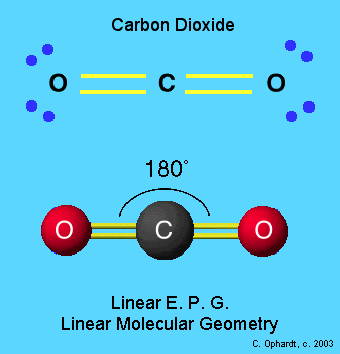
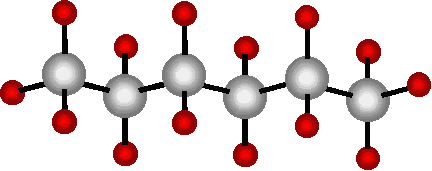


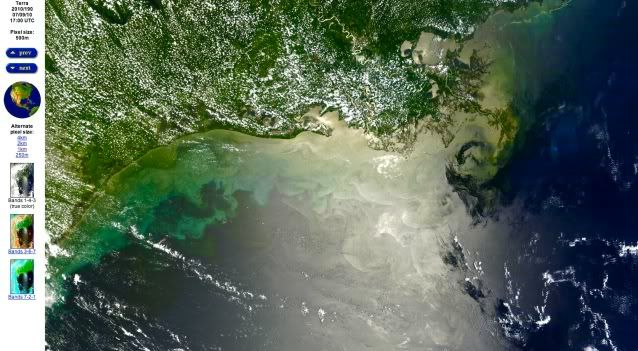

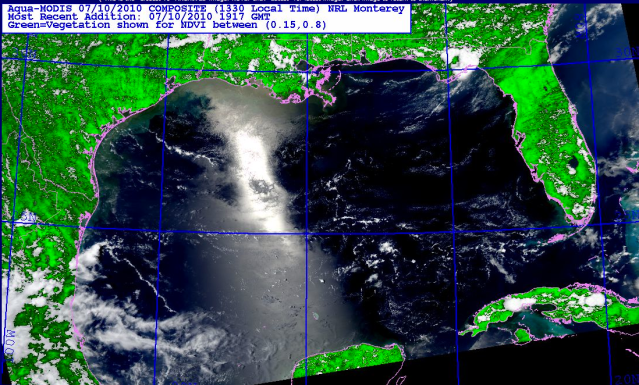
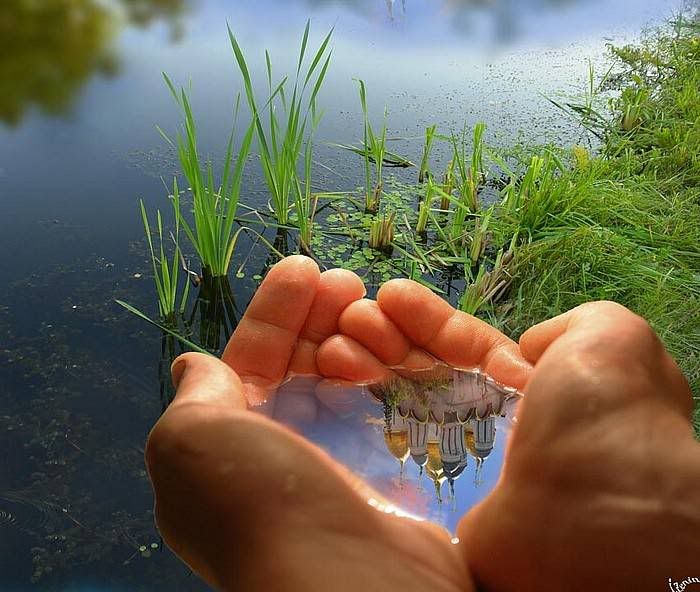 In the nineteen sixties and seventies the western world was in the throes of a cultural and psychological revolution of awareness that at times threatened to bring down the governments and destroy the societies of some of the most powerful countries on earth, and terrified many who were unable to step outside of the structure and limitations of the worldviews they had constructed for themselves in the course of their lives.
In the nineteen sixties and seventies the western world was in the throes of a cultural and psychological revolution of awareness that at times threatened to bring down the governments and destroy the societies of some of the most powerful countries on earth, and terrified many who were unable to step outside of the structure and limitations of the worldviews they had constructed for themselves in the course of their lives. 